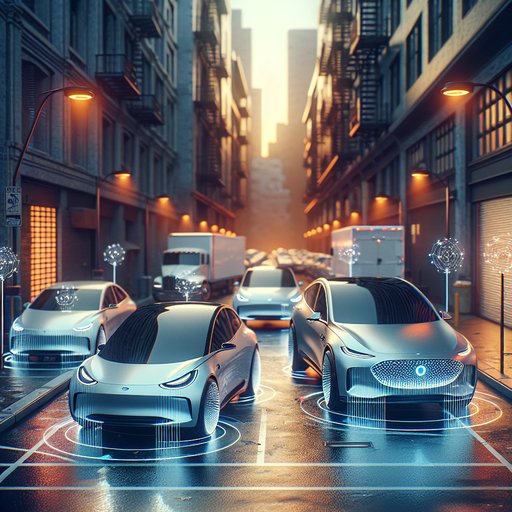
We spent a week parallel- and perpendicular-parking three 2025 models—a compact EV, a midsize crossover, and a luxury sedan—across dense downtown streets and cramped garages to see how 360° cameras, auto-park, ultrasonics, and curb-view modes cope when space and time are tight.
The test cars represented common setups: four-camera surround view (front, rear, and mirror-mounted side lenses) at either 1280×720 or 1920×1080 resolution, with 180–195° fisheye lenses and stitched bird’s-eye composites. Ultrasonic arrays ranged from 8 to 12 sensors, quoted detection of ~0.25–4.0 m. Auto-park supported parallel, perpendicular, and (on the sedan) angled bays, engaging below 8–10 km/h and steering/braking autonomously. We measured wheel-to-curb clearance with a ruler, timed park-complete to ignition “P,” and logged success/abort rates.
Spaces were unforgiving: 2.0–2.1 m marked bays, 120–150 mm granite curbs, and gaps leaving 0.7–0.9 m combined front/rear buffer. Tests included night, rain, and a dim multi-storey ramp with 12% grade. Tires ranged from 235/45R18 to 255/40R20 to probe curb-rash risk. 360° camera clarity is the difference between commitment and second-guessing.
The 1080p systems delivered readable curb edges and drain lips even at night with LED low-speed illumination; pixel density made the tire sidewall clearly separable from the curb line. The 720p unit was serviceable by day but smeared fine detail in rain and sodium lighting. Stitching errors across seams averaged ±5–8 cm when wheels were near the frame edges; the best system’s wheel-specific curb-view zoom cut that to ±2–3 cm. Calibration mattered: after a tire rotation, one car showed a 4 cm offset until we ran its on-screen recalibration routine.
Auto-park worked, but demanded space. In ten tight parallel attempts per car, success was 8/10 (luxury sedan), 7/10 (crossover), 6/10 (compact EV). Average time from detection to parked: 38–55 seconds. All three required roughly 1.2× vehicle length to accept a slot; below 1.1× they either refused or pinballed excessively before aborting.
Moving pedestrians or scooters within 0.5–0.7 m triggered conservative stops; only the sedan resumed reliably. Manual curb-view plus slow creep still beat auto-park for shaving the last 3–5 cm of curb proximity without risking wheel rash. Ultrasonic behavior was predictable: robust on broad, perpendicular surfaces, less so on thin posts and angled stone. Minimum reliable range was ~0.25–0.30 m; inside that, readings pulsed or dropped out—exactly when you most want precision at the curb.
Wet bumpers and heavy rain raised false positives, especially near scaffolding. Low planter lips and beveled curbs sometimes went undetected until 0.2 m, so treat ultrasonics as a coarse check, not a curb ruler. Side mirror tilt helped, but a true curb-view camera with dynamic tire-path overlay was superior. Verdict: In tight urban spots, prioritize high-res (1080p) surround view with a dedicated curb-view zoom, dynamic tire path, camera washers/heaters, and at least 12 ultrasonics with strong corner coverage.
Ensure easy manual camera activation below ~20 km/h and plan to recalibrate after alignment or tire changes. Auto-park is a useful starter, but the fastest, safest outcome still combines curb-view video with deliberate, inch-by-inch driver control.












